
Innovative military hearing health programs showcased at national conference
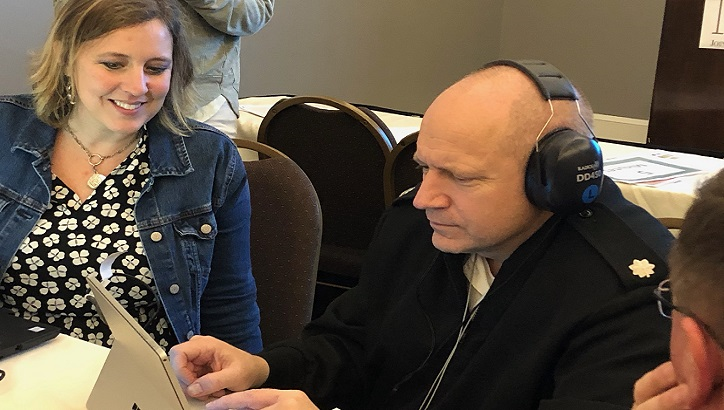
Lt. Col. John Merkley, Army Public Health Center, tests out a boothless audiometry headset system, one of four systems demonstrated by manufacturers during a workshop hosted by the DoD Hearing Center of Excellence at this year's National Hearing Conservation Association Conference. (HCE photo)
Hearing standards for new Air Force recruits saved the military service millions of dollars, according to a presentation by the Department of Defense Hearing Center of Excellence at the annual National Hearing Conservation Association conference last month. Experts from the center shared the latest advances in hearing conservation programs and “boothless” technology for hearing tests. The Hearing Center of Excellence is a division of the Defense Health Agency Research and Development Directorate.
Air Force Col. LaKeisha Henry, the center’s division chief, moderated a panel session titled, “Building an effective Hearing Conservation Program and the value of prevention.” The session highlighted an HCE-led effort to standardize military recruitment and separation hearing testing standards across the Department of Defense. The effort led to a change in the Air Force’s policy, which initiated accession testing for all recruits at Basic Military Training and Officer Training School. Henry explained the ability to identify recruits with disqualifying hearing loss (or other conditions) in 2016 showed a DoD cost savings of $7.1 million. Henry said the value of hearing conservation efforts and associated cost savings is expected to increase.
The center’s Dr. Kathy Gates led a workshop on mobile hearing test technologies. Gates explained that boothless audiometry enables audiologists to conduct hearing tests without a traditional sound booth, enabling in-theater hearing assessments supporting readiness requirements, and encouraging early and direct access to hearing health services. Participants tested four of the latest boothless headset systems demonstrated by manufacturers during the workshop, and learned how each device can be used for hearing conservation services.
The center’s Kari Buchanan and Robert Williams discussed hearing protection devices required for different occupations and how to calculate how much protection is needed for various environments during a workshop titled, “Selecting Hearing Protection Devices Using New and Updated Standards”. Buchanan said noise can interfere with a person’s ability to communicate and to detect, identify, and localize sounds that may be crucial to work performance, and hearing conservation programs need to know what criteria to use to assess device capabilities for different job needs and environments. “We are shifting the paradigm from looking at hearing protection only as something that attenuates noise. The only way to make the right selection is go through the calculations to determine your situational awareness and sound localization needs,” said Buchanan.
World Hearing Day shines light on global hearing loss
Article
3/2/2020

Hearing loss declines among service members, DoD civilians
DHA PI 6025.12: Retiree At Cost Hearing Aid Program Retiree Hearing Aid Purchase Program (RACHAP)
Policy
This Defense Health Agency-Procedural Instruction (DHA-PI): a. Based on the authority of References (a) and (b), and in accordance with the guidance of References (c) through (r), establishes the Defense Health Agency’s (DHA) procedures to establish common and uniform guidelines, standards, and procedures for all DoD MTFs providing hearing health services to beneficiaries through RACHAP. This program has been operating at self-selected MTFs without established DoD guidance. b. Enables MTFs with capacity and capability to provide hearing aid evaluation, selection, fitting, and follow-up appointments utilizing an at cost Federal Government contract price through RACHAP to RACHAP-eligible beneficiaries (“RACHAP-eligible beneficiaries” defined in the Glossary). c. Incorporates, cancels, and replaces Reference (s).
- Identification #: 6025.12
- Date: 7/12/2019
- Type: DHA Procedural Instruction
- Topics: Hearing Loss
Defense Occupational and Environmental Health Readiness System – Hearing Conservation (DOEHRS-HC)
Fact Sheet
6/17/2019
The Defense Occupational and Environmental Health Readiness System – Hearing Conservation (DOEHRS-HC) is an information system designed to support personal auditory readiness and help prevent hearing loss through early detection.
Combatting hearing loss remains top priority
Article
5/22/2019
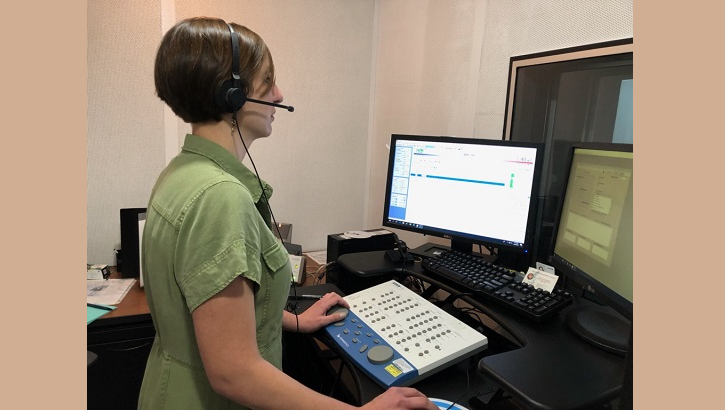
The DoD recognizes May as Better Hearing and Vision Month
A Soldier’s fight to regain the gift of hearing
Article
5/15/2019

Schweitzer attributes his ability to hear to the world-class care he received at Walter Reed
Center continues quest to protect hearing, prevent damage
Article
10/26/2018
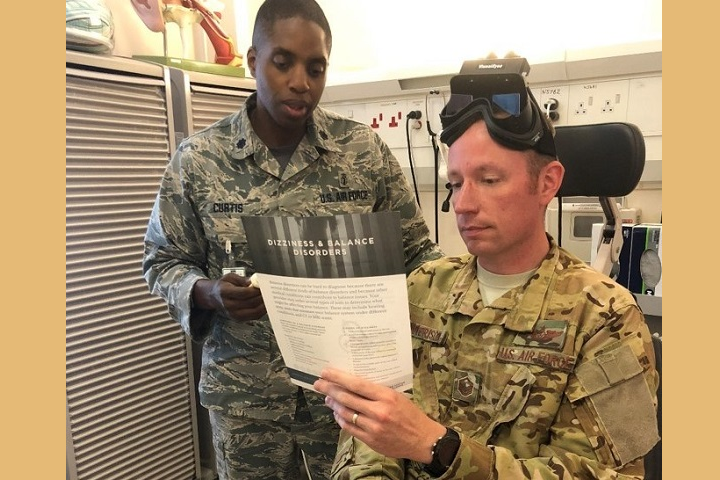
October is National Audiology Awareness Month
Noise impact on hearing loss
Article
9/20/2018

Hearing loss is the number one disability among veterans
Study examines impacts of noise and chemical exposure on hearing health
Article
9/13/2018
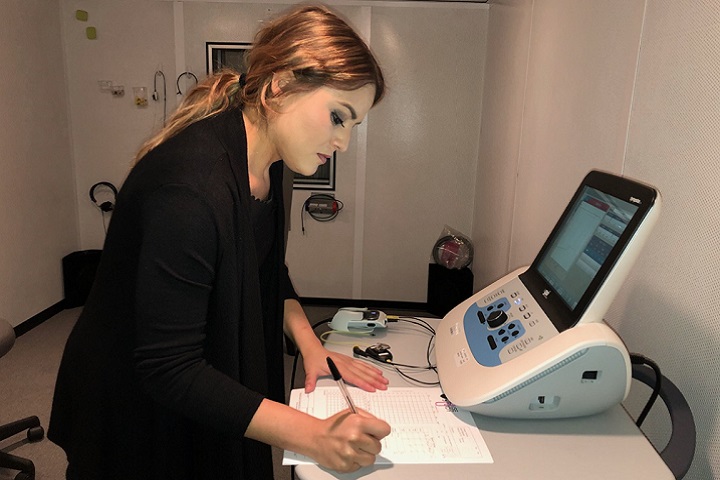
Exposure to certain chemicals, called ototoxicants, can cause hearing loss or balance problems
New course aims to reduce military hearing loss
Article
9/7/2018

Tinnitus and hearing loss have remained among the top disabilities of veterans
Battlespace acoustics branch protects hearing, human performance
Article
8/17/2018
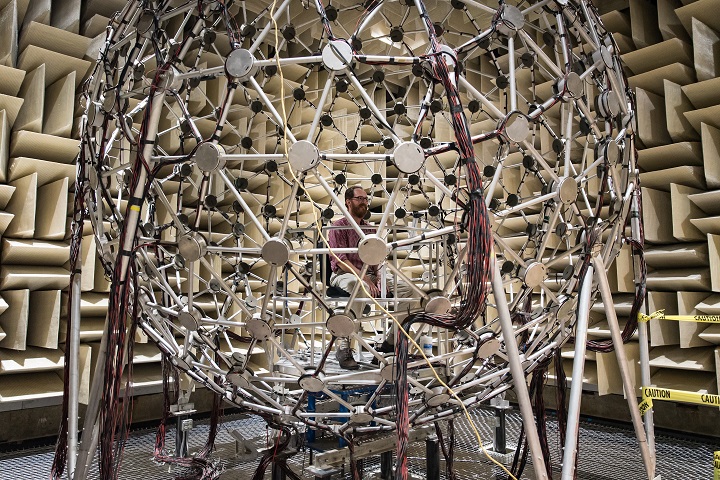
We look at how noise is being generated, how it propagates, and what that means for Airmen in the field
Air Force NCO resumes career after tumor, hearing loss
Article
5/16/2018

He had the constant feeling of water in his ear – he knew something was wrong
Dedicated audiologists use clever tools to combat hearing loss
Article
5/11/2018
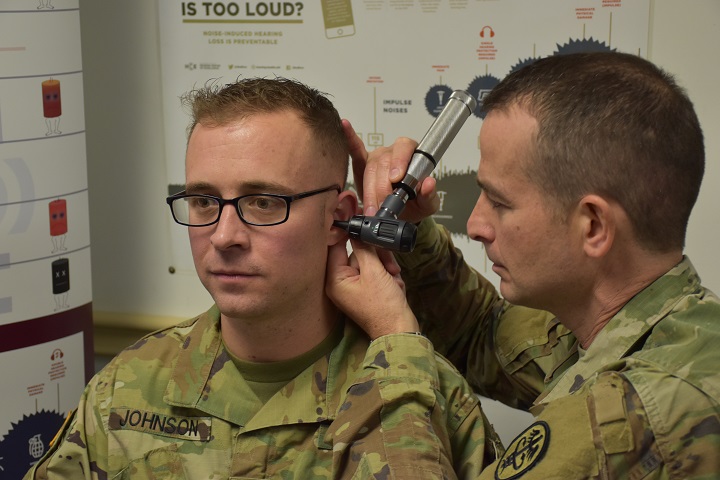
Hearing loss and tinnitus have steadily increased over the last two decades among Veterans
Research network works to combat number one disability claim among veterans
Article
5/4/2018
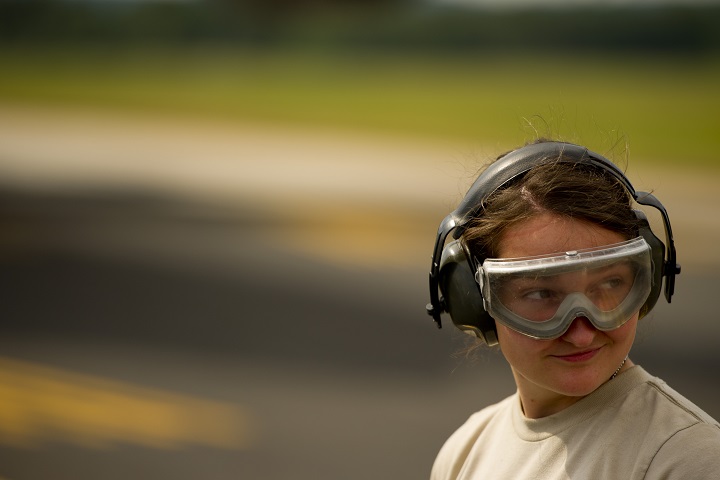
Noise brings the potential of hearing loss if proper personal protective hearing equipment is not available or utilized
Traumatic Brain Injury and the Art of Paddling
Article
3/7/2018

A U.S. Army veteran’s recipe for embracing life after several TBIs
Exiting an A-10C Thunderbolt
Photo
9/30/2016

U.S. Air Force Senior Airman Judith Bulkley, an electrical and environmental systems specialist deployed from the 23rd Aircraft Maintenance Squadron, Moody Air Force Base, Ga., exits an A-10C Thunderbolt II after performing an external power operations check on the aircraft at Kandahar Airfield, Afghanistan. Because service members in particular are often exposed to high noise levels, hearing protection is crucial, especially with a TBI. (U.S. Air Force photo by Tech. Sgt. Stephen Schester)
No comments:
Post a Comment